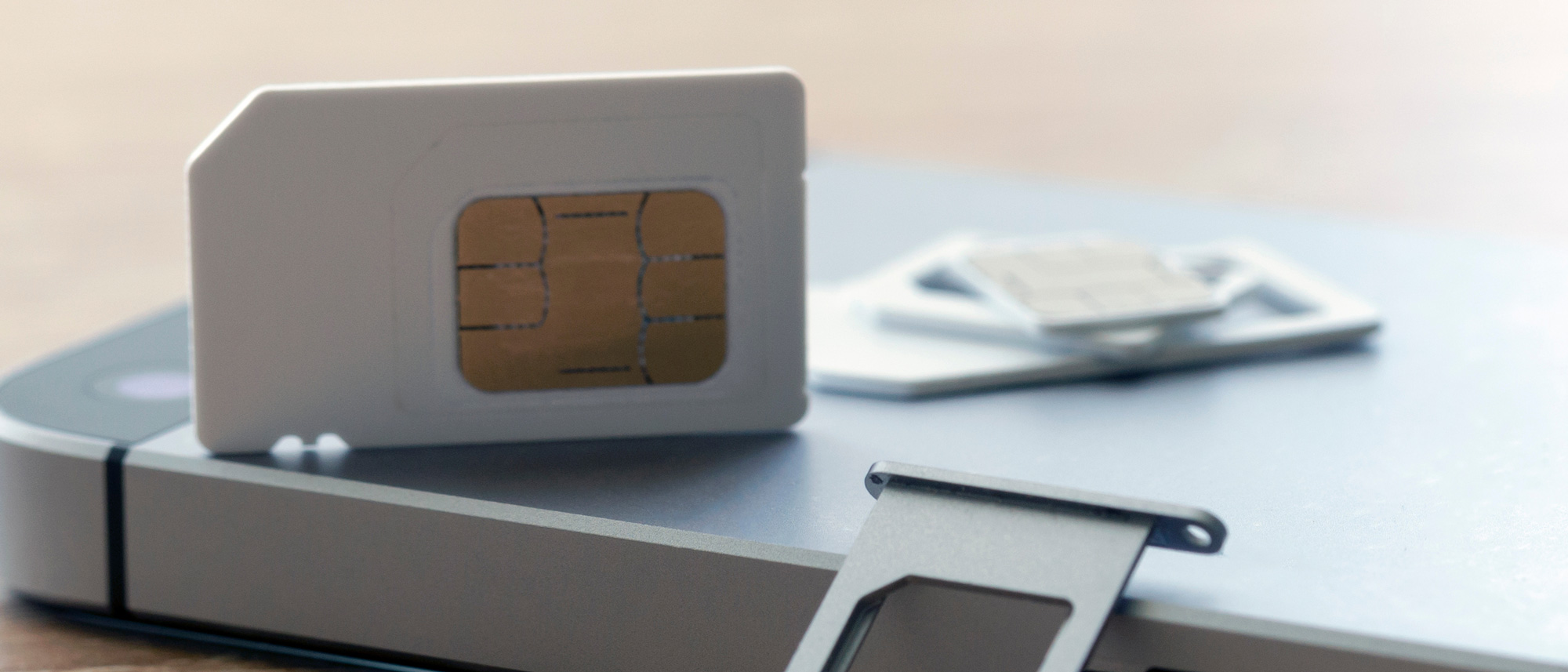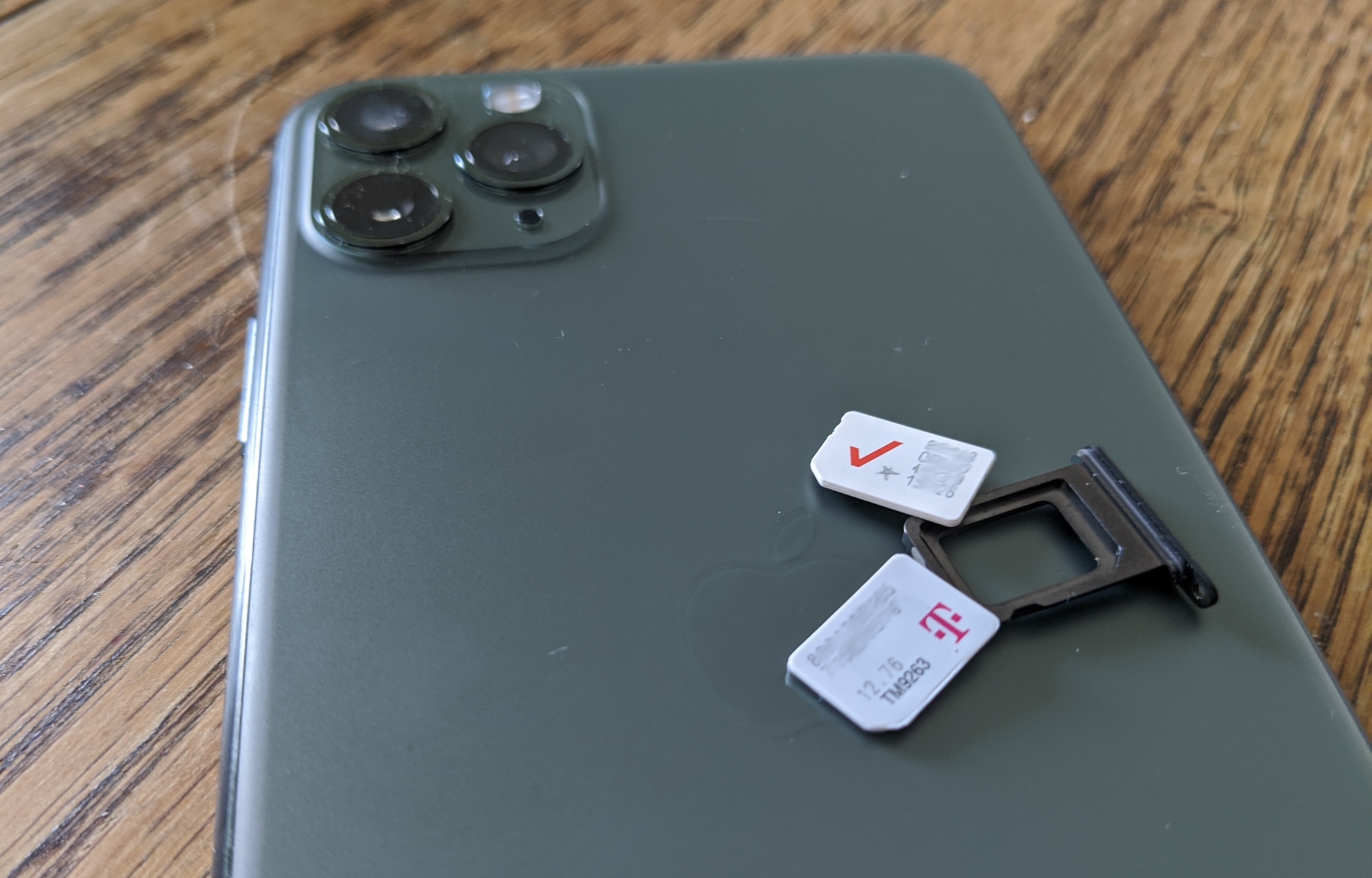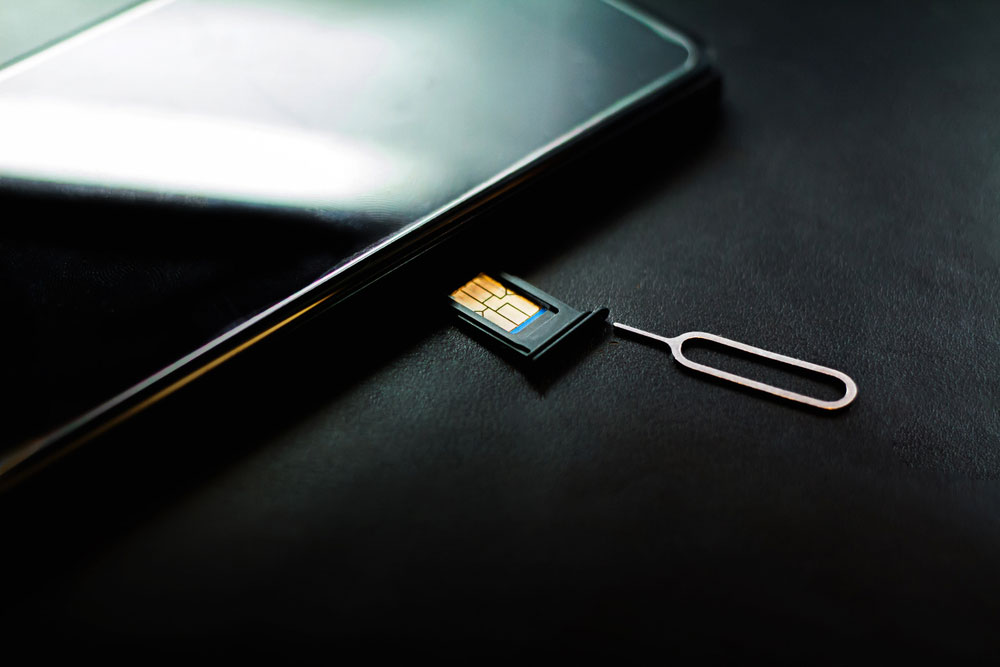What is a SIM card: What it does, how it works and why your phone needs one
Everything you needed to know about SIM cards but were afraid to ask

Although smartphone makers around the world spend boatloads of dollars on making their devices feel different and unique, it’s rather ironic that all of them share a single component that’s critical to making them work.
That component is commonly known as a SIM card, even though there are a variety of different versions. And that SIM, is critical for smartphone use. Without a SIM card, your phone simply cannot connect to your wireless carrier’s cellular network. And if you have a phone that supports multiple SIM cards, you can connect to multiple networks or have multiple lines on one device.
Want to dig a little deeper into SIM cards? We can help you learn more about what a SIM card is and why it matters.
What Is a SIM card?
A SIM card is the critical component in your phone that allows you to connect to a carrier network to make calls, send text messages, and more.
SIM stands for Subscriber Identity Module. And as its name suggests, carriers use SIM cards to identify you and your activity on their network.
Interestingly, SIM cards were developed in 1991, and although their sizes have changed, their functionality has stayed the same. Based on a SIM card, carriers can identify what country you’re in, what network you’re connecting to, and your SIM card ID, which identifies you on the network.
SIM cards are installed in all phones across GSM and CDMA networks. GSM networks are used by AT&T and T-Mobile in the U.S. (and most carriers around the world), and CDMA is used by Verizon and Sprint.
Get instant access to breaking news, the hottest reviews, great deals and helpful tips.
Do SIM cards work on any carrier network?
Remember how we said that there are two dominant networks in the U.S.—GSM and CDMA. If you’re on a GSM network like AT&T or T-Mobile, you could technically take your AT&T SIM card, pop it into a T-Mobile-enabled device, and start using your phone on AT&T’s network after informing AT&T of the change.
If you move from an AT&T-enabled device to Verizon, which lives on CDMA, however, that process won’t be simple. Instead, you’ll need to have a CDMA-ready SIM card and have it activated by Verizon to get it to work.

Luckily, many of today’s most popular smartphones, including Apple’s latest iPhones, all feature universal support for GSM and CDMA networks. So, you can easily bring your device from one network to another without much trouble.
What kinds of SIM cards are there?
There are a variety of SIM cards that could be used on carrier networks, including the Full SIM, Mini SIM, and Micro SIM.There are also Embedded SIMs and newer eSIMs.
The main difference between those SIMs is size. For instance, the Full SIM measures about 3.3 x 2.1 inches. The Mini SIM is decidedly smaller at 1 x 0.6 inches. The Micro SIM is even smaller at 0.6 x 0.5 inches, and the Embedded SIM is the smallest of all of them at 0.5 x 0.3 inches. The eSIM, which we’ll discuss below, is a software SIM that doesn’t require a card.
SIM card sizes differences matter greatly to device makers. The smaller the SIM, the less room it takes up in increasingly thin smartphones.
We should also note that a Mini SIM can be converted into a Micro SIM by cutting the plastic in the larger Mini SIM. You’ll find some carriers do that when you upgrade an older phone.
How does a SIM card work?
SIM card functionality is a pretty simple process. The card is essentially placed into a phone where it communicates with your carrier network. It tells the carrier who you are and where you are, and identifies whether it can operate on the network. If everything checks out, you have a fully functioning smartphone.

Remove the SIM card from your phone, however, and you’ll find that your device is little more than an expensive brick. Absent a SIM card, you just can’t place calls or do anything on the network other than make emergency calls. (That’s also true if the SIM card in your phone phone hasn’t been activated.)
A SIM card’s unique identifier also gives carriers some control over users who don’t pay their bills. A carrier can turn off service, so that even if the SIM card is in the device, a phone won’t work.
Can I easily get a SIM card?
You bet. In fact, every phone today comes with the properly sized SIM card in it. But if you need a new SIM card, it’s as simple as going to your carrier and asking for a replacement. They’ll activate the SIM and ensure everything works properly before you walk out the store.
Will my phone always need a physical SIM card?
Looking to the future, an increasing number of carriers and device makers are pushing the idea of eSIMs or software SIMs.
With eSIMs, all the information contained in physical SIMs would be stored in software, which would also handle communicate with the carrier’s network. That would eliminate the need to insert a physical card, which takes up room inside devices. It also makes it easier for you to connect to different networks. Carriers, meanwhile, can eliminate the need to produce SIM cards. Device makers can design devices without the need to build a slot for a SIM card. In other words, goodbye, physical SIM card.
It’s unknown exactly when all phones will use eSIMs, but look for them to come to flagship phones and other major releases in the coming years.
What is Dual SIM and why does it matter?
Dual SIM technology is typically only found in higher-end devices, but it’s an important feature that brings significant value to smartphone users.
With Dual SIM, you can insert two SIM cards into your device at the same time, allowing you to have two numbers on one network or two numbers on different networks. It’s especially handy for business users who want to have one line for personal use and another for business use. Dual SIM can also come in handy for world travelers who might use one network connection for domestic use and another for international travel.
Don Reisinger is CEO and founder of D2 Tech Agency. A communications strategist, consultant, and copywriter, Don has also written for many leading technology and business publications including CNET, Fortune Magazine, The New York Times, Forbes, Computerworld, Digital Trends, TechCrunch and Slashgear. He has also written for Tom's Guide for many years, contributing hundreds of articles on everything from phones to games to streaming and smart home.
